Building Innovation: Who Gets Your Vote for the 2024 Future Leaders Award?
With the support of Fannie Mae, the National Institute of Building Sciences has developed a roadmap on mitigation investment to help Americans and the nation’s built environment prepare for and respond to the devastating effects of extreme weather.
In 2020, the NIBS Committee on Finance, Insurance, and Real Estate (CFIRE) published A Roadmap to Resilience Incentivization, which calls for public and private incentives that allow owners of buildings and other infrastructure to facilitate the upgrade of existing infrastructure and better design of new infrastructure.
Pages:
File Size:
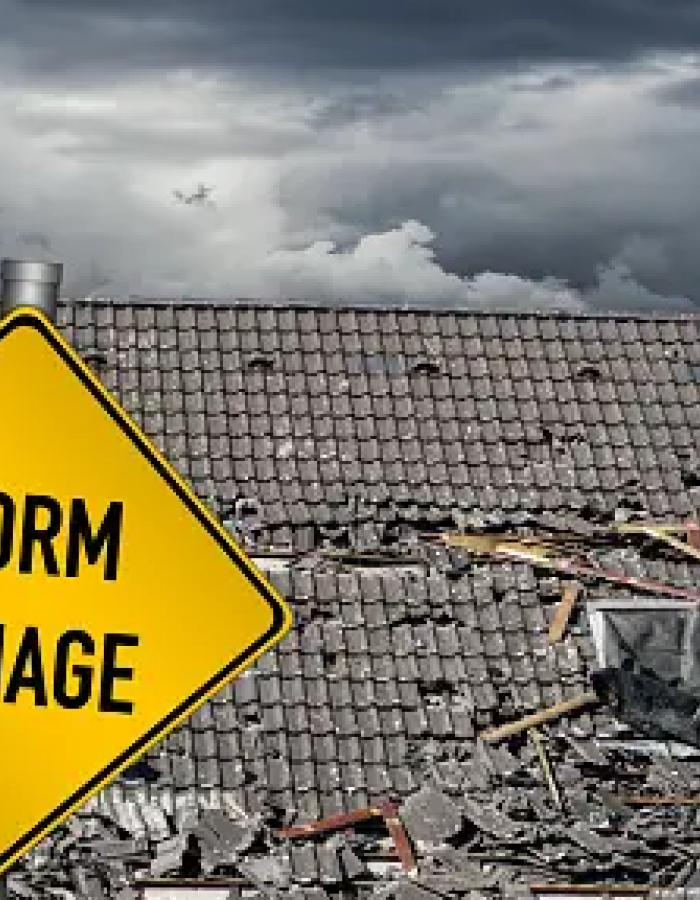
All too often we focus on what the federal government is doing to build disaster resilience. Federal grant funding, though sizable and growing is only one piece of the resilience puzzle. A recently published academic study and a new state-level grant program point to progress made by other stakeholders to incentivize hazardmitigation investments.
Alabama mitigation study
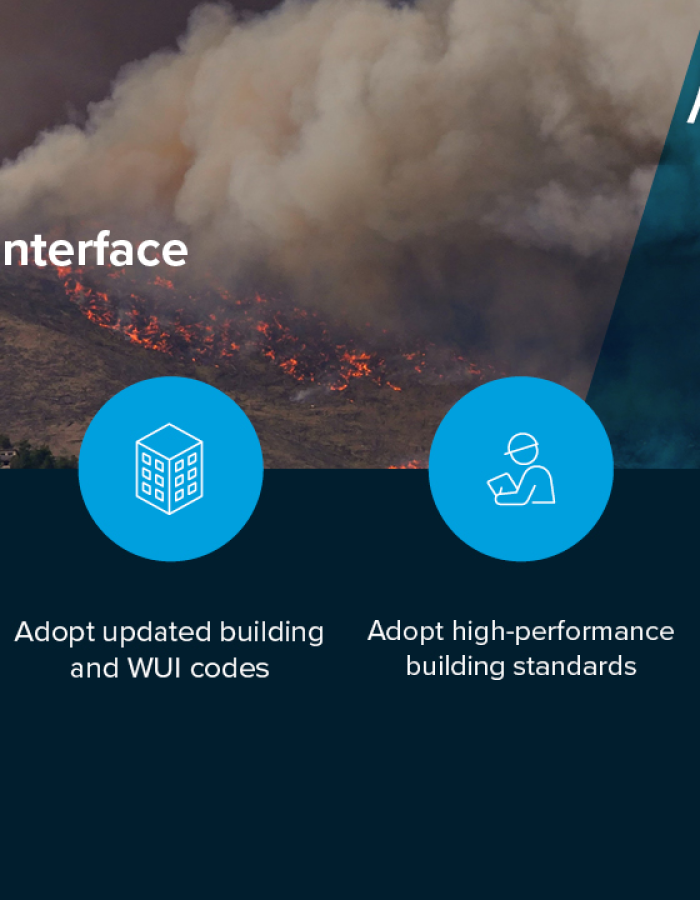
In 2022, the U.S. experienced 66,255 wildfires, according to the National Oceanic and Atmospheric Administration.
The firefighters and support personnel who work to fight these fires are rarely recognized. For this reason, the National Interagency Fire Center’s Fire Management Board last year proclaimed July 2 National Wildland Firefighter Day to honor the nation’s men and women who fight wildland fires to save forests, property, and lives.
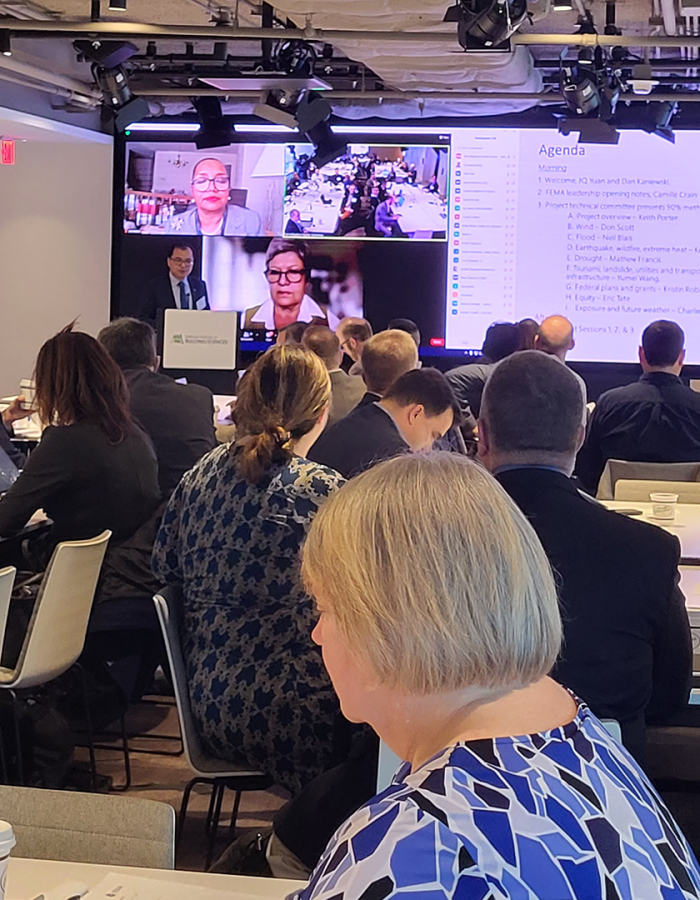
Early this month, NIBS, with the support of the Federal Emergency Management Agency (FEMA), held a mitigation workshop on natural hazards. The workshop was attended by more than 50 built environment professionals, policymakers from the White House and Congress, and many federal and industry partners.
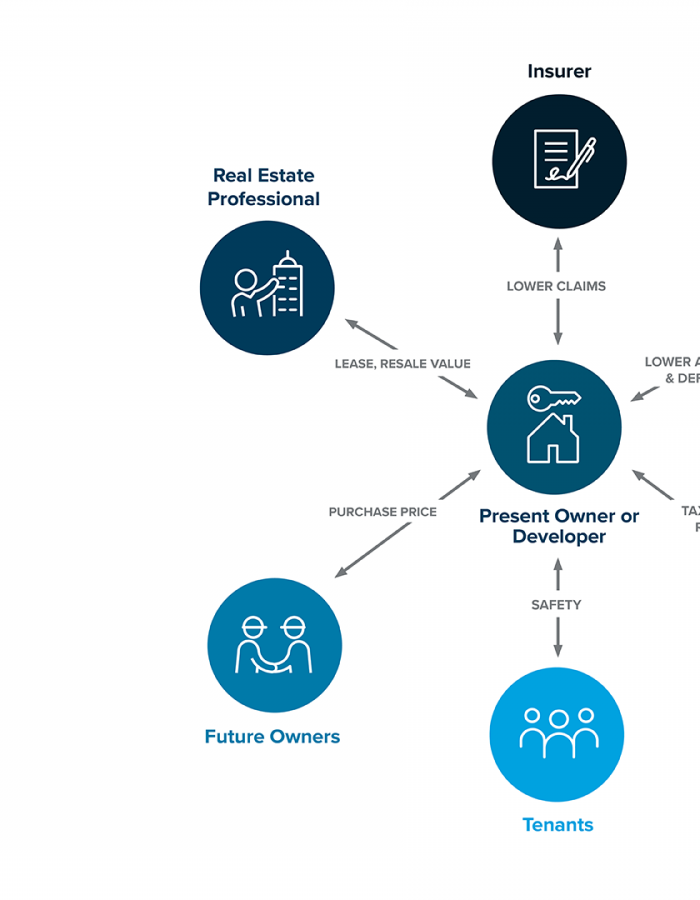
The Multi-Hazard Mitigation Council (MMC) Committee on Finance, Insurance and Real Estate (CFIRE) held its Resilience Incentivization Roadmap 2.0 kickoff meeting with project partners this month.
Nearly two dozen industry officials participated in the meeting to discuss collaboration and next steps.
“We’re ready to take this to the next level,” said Daniel Kaniewski, Managing Director, Public Sector with Marsh McLennan and CFIRE Chair.
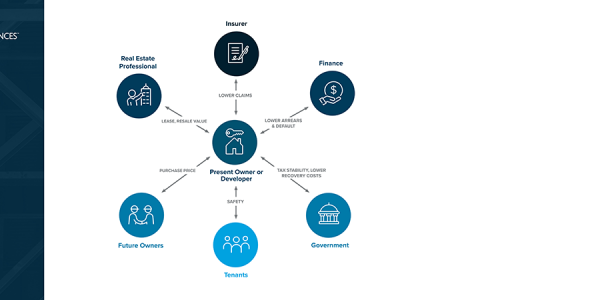
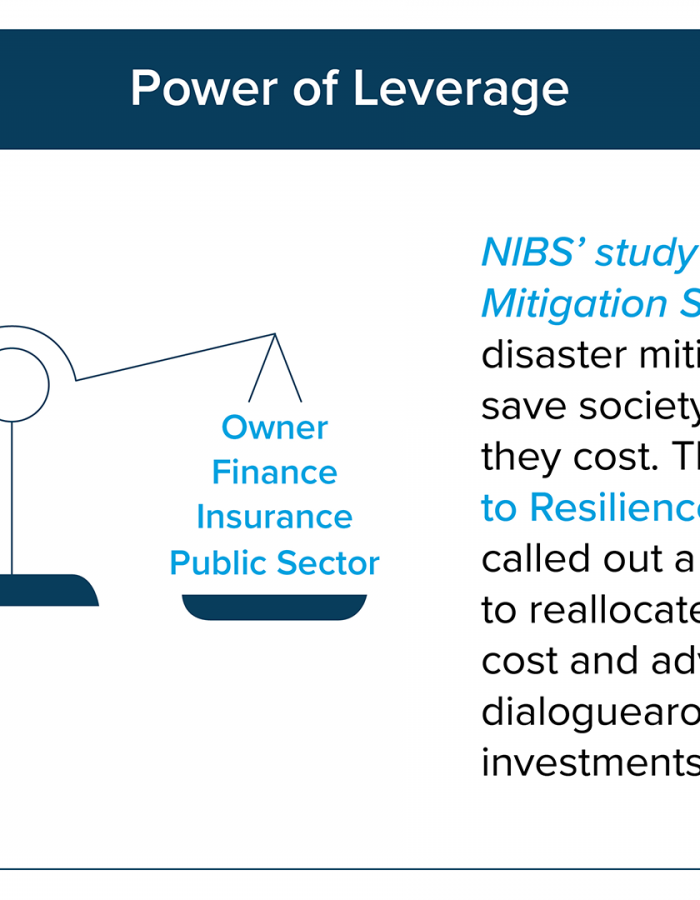
With wildfires in the West, hurricanes in the Southeast, tornados in the nation’s midsection, and flooding endemic to the entire nation, disasters have become all too common in the United States. Hundreds of lives and hundreds of millions of dollars are lost each year as a result. We must stop the build/rebuild cycle and instead take actions to reduce the human and financial impacts of disasters before they occur. With losses mounting, there is no time to waste.

The latest United Nations report on climate change has made one thing clear– something must be done. Rising temperatures and an increase in drought frequency mean wildfires will continue to threaten our communities year-round.
According to the National Interagency Fire Center, there are wildfires across 15 states in the U.S. There have been 107 large blazes that have burned through more than 2.2 million acres. That is about 500,000 more acres than this time in 2020, when a total of 10.1 million acres burned. Nearly 100 large wildfires remain uncontained.